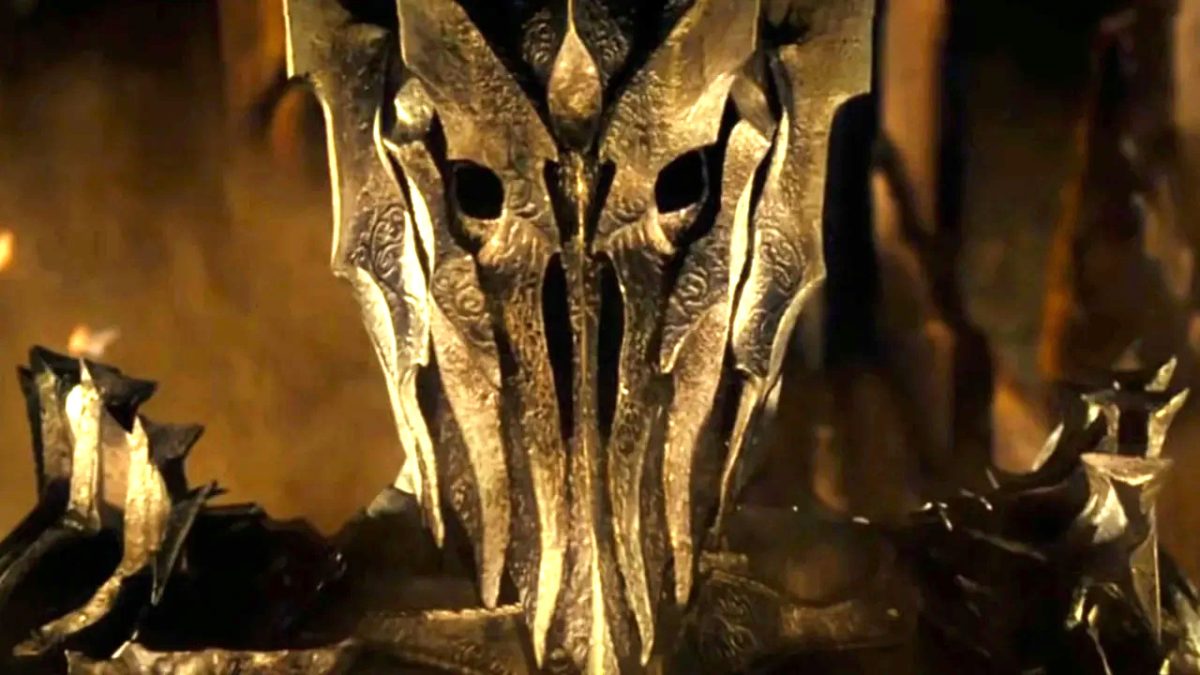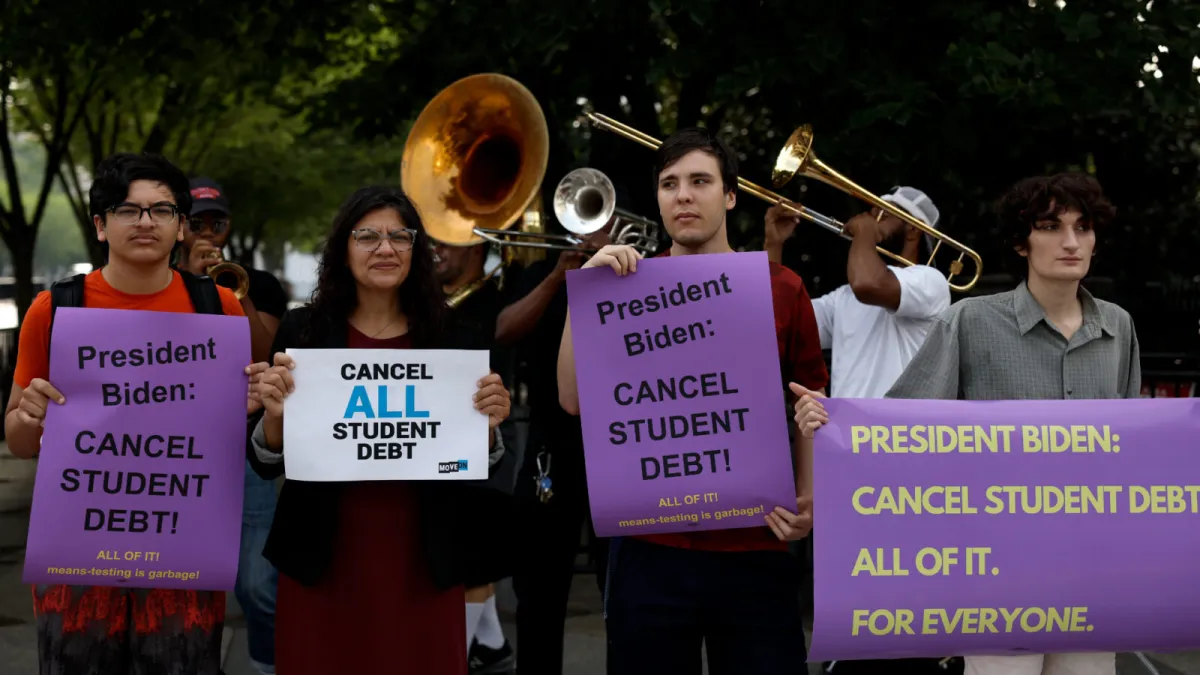13) Lucky Dip! (Almost) Everything Else

It would be possible to write forever on this fascinating and diverse topic. But, as mentioned in the introduction, a shameful number of fourth-wall breaking movie moments have not been mentioned on this list. The reason for the choices as they stand were that they were felt to give the best examples of the fourth wall being used in particular ways. This final entry is in part insurance against those omissions – but mainly it is here to give one last, broad spectrum example of how varied, diverse and wide-ranging the device of breaking the fourth wall can be.
So, in no particular order, and with a caveat at the outset that the writer realizes that in some of the examples there are multiple fourth wall breakage examples, here is a last hurrah of notable fourth-wall breaches.
In 1903, The Great Train Robbery ended on a shot of a gunslinger firing his gun directly at the camera. So new was cinema at this time, that the audience ducked.
At the end of Oliver Stone’s JFK, and in a move that was to seal the movie’s already highly controversial reputation, Kevin Costner tells the audience beyond the camera that it is up to them whether or not the documents that support that the assassination of President John F. Kennedy are ever made public.
Charlie Chaplin gave one of the most powerful speeches in cinematic history in 1940 when, during The Great Dictator, he stopped the film to directly address the audience on the great need for kindness in a world that so often falls prey to fascism.
In Fierce Creatures, the successor to 1988’s British hit A Fish Called Wanda that starred most of the same cast, John Cleese’s character accidentally refers to Jamie Lee Curtis’ character by Curtis’ first character’s name, ‘Wanda.’
Return of the Killer Tomatoes (1988) has a (very) young George Clooney performing a fantastically rapid-fire Pepsi/Nestle Crunch Bar/Moosehead/Fosters/Crest/Cornflakes product placement gag (although to be honest, it’s difficult to look anywhere in this film but at Clooney’s stupendous mullet.)
In Blazing Saddles (another Mel Brooks classic), Hedley Lamaar comments that the rest of the cast will only be risking their lives, whereas he will almost certainly be risking an Academy Award nomination for Best Supporting Actor (given that Taggart comments half way through the movie that he’s ‘working for Mel Brooks,’ there was never much of a fourth wall here to begin with.)
Smokey and the Bandit features Burt Reynolds smiling at the camera in his very best “I am the MAN” attitude.
A young Christian Slater narrates his zero-to-hero way through 1992’s Kuffs.
Ron Burgundy’s news team take turns to introduce themselves in Anchorman.
In Robin Hood: Men in Tights (another Mel Brooks outing – seriously, just invent a new Oscar and give it to the man), Robin gets his script out to check whether he really does lose the archery tournament.

In the realm of self-referential humour, and the just plain bizarre, Monty Python and the Holy Grail welcomes the audience to the middle, and to the end, of the film. It also kills off an artist part way through an animated sequence, allowing the characters to escape a dragon, and asks the audience whether a particular scene should have been cut because it was overlong. (It was actually cut from the original 1975 version, but included in the 1995 special edition release – although not without a sequence of characters, including King Arthur’s army, yelling “get on with it” throughout.)
There is a particularly clever self-referential moment in Jay and Silent Bob Strike Back, in which Ben Affleck and Matt Damon are playing themselves playing their characters in Good Will Hunting. Affleck says to Damon that he “has to do the payback picture, because your friend says you owe him,” at which point they both turn to look at the camera. In this instance, behind the camera there is not only the audience but director Kevin Smith, who also co-produced Good Will Hunting – the movie that began Affleck and Damon’s careers.
Although they share nothing else in common, and although neither movie goes anywhere near the meta-realm in every other respect, both Evan Almighty and Silver Linings Playbook use the fleeting little meta device of making a background reference to another film that one of the actors in the current film has been in.
In Silver Linings Playbook, Tiffany (Jennifer Lawrence) and Pat (Bradley Cooper) are arguing outside a movie theatre, the marquee of which is displaying the title The Midnight Meat Train, a 2008 pre-stardom outing for – Bradley Cooper. Evan Almighty, starring Steve Carell as Evan, has Evan walk by a cinema playing The 40 Year-Old Virgin – another of Carell’s films from 2005. In this example however, director Tom Shadyac merges the meta with the in-house humour of Evan Almighty itself: The title showing on the theatre marquee actually reads The 40 Year Old Virgin Mary.
Finally, ending movies with a fourth wall break is a popular feature. Great examples of this style of wrap up can be found in Kiss Kiss Bang Bang, Goodfellas, and Funny Games. In Kiss Kiss Bang Bang, it is simply a way for Harry (Robert Downey Jr.) and Perry (Val Kilmer) to say goodbye to the audience. In Goodfellas, Henry Hill enlightens us as to his arrogant and contemptuous attitude to the fact that his previous privileged life has been taken away. In Funny Games (which breaks the fourth wall throughout, including an unusual method whereby Paul uses a TV remote to rewind and undo a moment in which one of his captives shoots his partner), Paul’s final triumphant and ominous stare into the camera tells the audience that their deadly games are about to begin all over again.
And with that, we have reached the end of our little tour around the world outside the fourth wall. There are still thousands of famous fourth wall breaking moments out there, that use the device to all sorts of effect, and do feel free to point them out in the comments below.
Otherwise, it seems only proper to end on a self-referential moment, and to hand back over to Kiss Kiss Bang Bang‘s Harry to see us out:
“Thanks for coming.”






